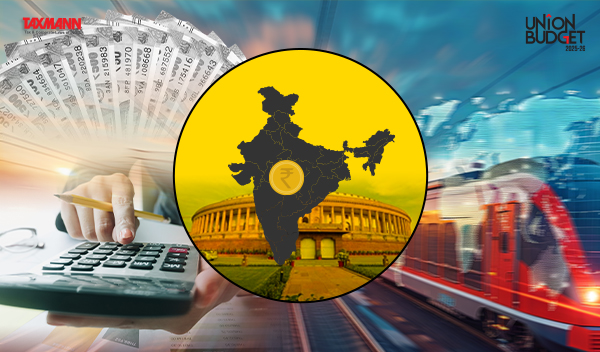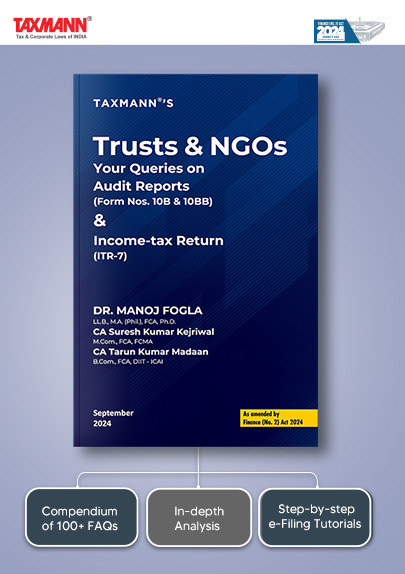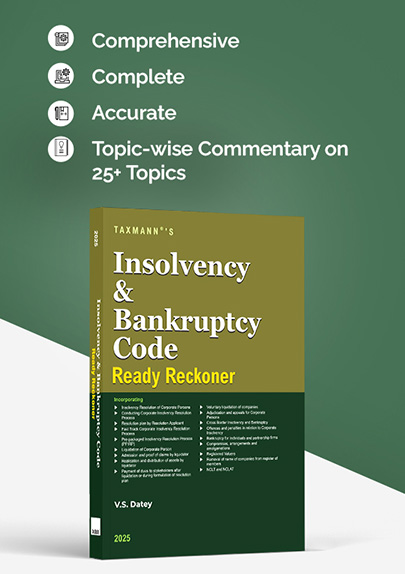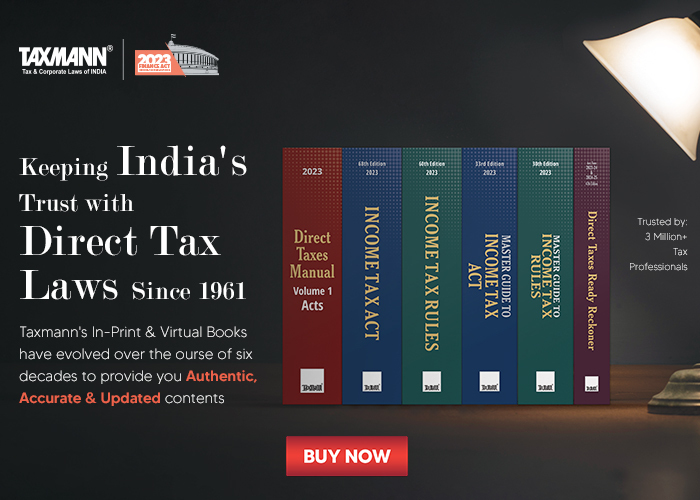Union Budget 2025-26 | Streamlining TDS Provisions – Key Recommendations for Simplifying Compliance and Reducing Litigation
- Blog|Advisory|Budget|Income Tax|
- 4 Min Read
- By Taxmann
- |
- Last Updated on 22 January, 2025
Tax Deducted at Source (TDS) provisions, introduced under the Income Tax Act, serve a dual purpose—securing consistent government revenue and tracking taxpayer transactions. However, years of amendments have expanded their scope, introducing complexities that fuel confusion, compliance burdens, and litigation. As the Union Budget approaches, it presents a unique opportunity to simplify and optimise TDS provisions, fostering clarity and reducing disputes.
Table of Contents
- Introduction
- Standardise TDS Rates to Minimise Confusion
- Create a Consolidated Schedule of TDS Rates
- Address Common Disputes
- Eliminate TAN Requirement for Small Businesses
- Faceless Process for Lower Deduction Certificates
1. Introduction
What do the Periodic Table and TDS/TCS provisions have in common?
Both are remarkably complex frameworks, each containing essential building blocks. Understanding both requires specialised knowledge and careful application.
The Periodic Table enumerates 118 chemical elements, while TDS/TCS provisions compete with over 60 sections and at least 10 different tax rates.
Tax Deducted at Source (TDS) provisions were introduced under the Income Tax Act to ensure a consistent revenue stream for the Government while capturing taxpayers’ transactional footprints. However, constant amendments and the expanding scope of these provisions have led to significant compliance challenges, increased litigation, and confusion. The upcoming Union Budget presents a crucial opportunity to streamline and simplify these provisions, enhancing clarity, reducing disputes, and fostering a more business-friendly environment. Below are some key changes the Government should consider to streamline the TDS provisions.
2. Standardise TDS Rates to Minimise Confusion
Multiple TDS rates across various transactions often confuse tax deductors. Introducing a streamlined structure with standardised rates can significantly reduce this complexity and enhance compliance.
To address this challenge, the Government should consider implementing a three-tier TDS rate structure:
- Minimum Rate (1%) – This rate should apply to transactions aimed primarily at capturing transactional footprints, such as cash withdrawals, property sales and high-value financial transactions.
- Maximum Rate (30%) – This rate is suitable for income taxable on a gross basis, such as winnings from lotteries or online gaming.
- Moderate Rate (10%) – This rate should apply to all other cases, such as passive income or income taxable on a net basis.
3. Create a Consolidated Schedule of TDS Rates
Currently, TDS provisions are scattered across various sections of the Income-tax Act and Finance Acts, resulting in confusion and making it challenging for taxpayers to scout the correct section and applicable TDS rate for specific transactions.
The Government should replace the multiple TDS provisions with a single comprehensive provision to address this issue. Within this provision, the Government should be empowered to introduce a consolidated schedule specifying TDS rates and thresholds for various transactions, providing a single reference point for deductors and taxpayers. Additionally, through notifications, the Government should be empowered to prescribe new transactions along with corresponding TDS rates and thresholds. This flexibility would eliminate the need to amend the Income-tax Act each time a new transaction is brought under the TDS ambit.
4. Address Common Disputes
Litigation around TDS provisions often arises due to ambiguities regarding GST components, out-of-pocket expenses, and year-end provisions. These issues are addressed primarily through circulars and case laws, leading to inconsistent interpretations and prolonged litigation. To resolve these ambiguities, the Government should explicitly address these concerns within the law.
- GST Component – As GST is not considered part of the payee’s income, TDS provisions should explicitly exclude the GST component from the tax deduction requirement.
- Out-of-Pocket Expenses – TDS should not apply to out-of-pocket expenses if the payee provides a separate bill with supporting documents.
- Year-End Provisions – Since these provisions are based on approximations and lack identifiable payees or precise amounts, TDS should not apply to such provisions.
5. Eliminate TAN Requirement for Small Businesses
Obtaining a Tax Deduction and Collection Account Number (TAN) is mandatory for furnishing TDS statements, even for individuals, non-residents, or small businesses with only a few TDS transactions. This requirement imposes an administrative burden on small taxpayers and non-residents, particularly those with limited or one-time TDS obligations.
The Government should allow individuals, non-residents, and small businesses to file TDS statements using their PAN. It will simplify the process for those with minimal TDS transactions. TAN should be mandatory only for organisations operating in multiple states or with substantial and regular TDS obligations.
6. Faceless Process for Lower Deduction Certificates
The extant process for obtaining lower deduction certificates under Section 195(2) and Section 197 is cumbersome and may require physical interaction with assessing officers. This often results in harassment, delays, and opportunities for corruption. Thus, to ensure transparency and efficiency, it is recommended that a faceless and fully online process be introduced for issuing lower deduction certificates.
The dept. should consider creating a dedicated process where taxpayers can apply, upload necessary documents, and track the status of applications. An AI-driven system can be developed to evaluate applications based on predefined criteria, such as past returns, existing certifications, and transaction nature. This will bring efficiency and eventually reduce the burden on CPC in first processing the TDS statement and paying the refund with interest.
Disclaimer: The content/information published on the website is only for general information of the user and shall not be construed as legal advice. While the Taxmann has exercised reasonable efforts to ensure the veracity of information/content published, Taxmann shall be under no liability in any manner whatsoever for incorrect information, if any.

Taxmann Publications has a dedicated in-house Research & Editorial Team. This team consists of a team of Chartered Accountants, Company Secretaries, and Lawyers. This team works under the guidance and supervision of editor-in-chief Mr Rakesh Bhargava.
The Research and Editorial Team is responsible for developing reliable and accurate content for the readers. The team follows the six-sigma approach to achieve the benchmark of zero error in its publications and research platforms. The team ensures that the following publication guidelines are thoroughly followed while developing the content:
- The statutory material is obtained only from the authorized and reliable sources
- All the latest developments in the judicial and legislative fields are covered
- Prepare the analytical write-ups on current, controversial, and important issues to help the readers to understand the concept and its implications
- Every content published by Taxmann is complete, accurate and lucid
- All evidence-based statements are supported with proper reference to Section, Circular No., Notification No. or citations
- The golden rules of grammar, style and consistency are thoroughly followed
- Font and size that’s easy to read and remain consistent across all imprint and digital publications are applied


![Taxmann's The Budget [Income-tax | GST | Customs] | 2025-26](https://www.taxmann.com/post/wp-content/uploads/2022/12/Taxmann_Budget____blogimage.jpg)




 CA | CS | CMA
CA | CS | CMA


